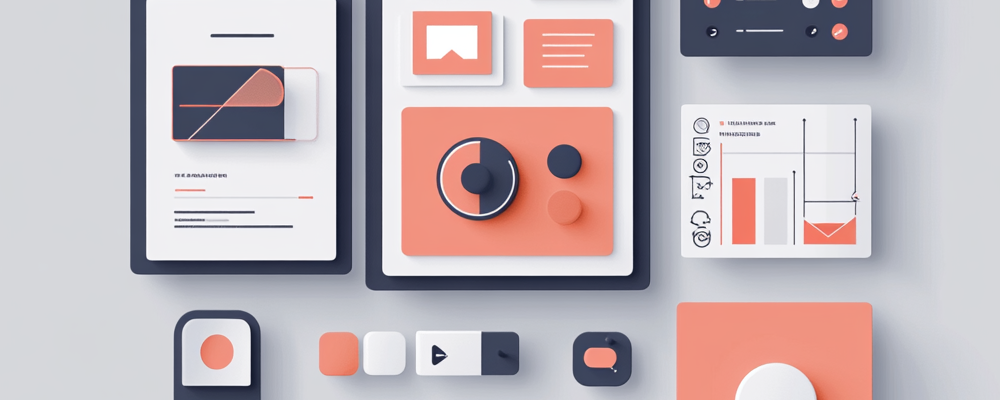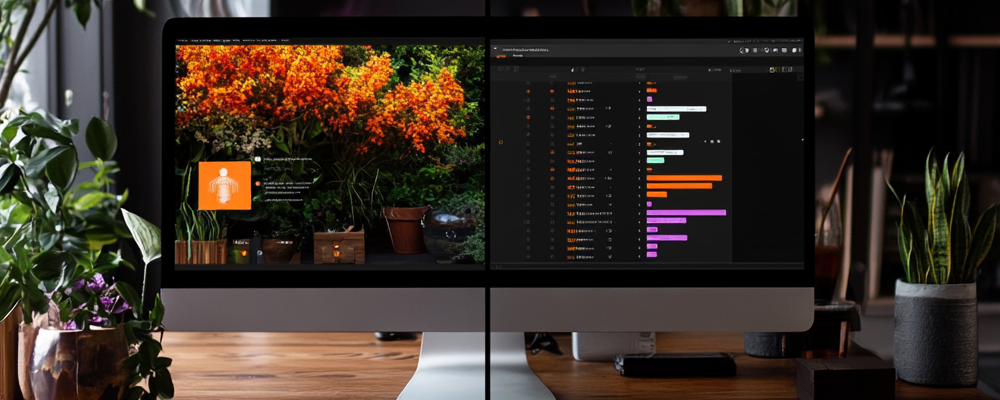A/B UX Testing: How to Run Effective Experiments
In the world of user experience (UX) design, assumptions can be dangerous. That’s where UX testing, specifically A/B testing, comes in. A/B testing allows you to make informed decisions based on real user behavior. It’s a structured method of comparing two versions of a design to determine which performs better.
What is A/B Testing?
A/B testing, also known as split testing, involves creating two versions (A and B) of a webpage, app screen, or other digital asset. Users are randomly assigned to see either version A (the control) or version B (the variation). The performance of each version is then measured to determine which one achieves the desired goals.

Why A/B Testing Matters for UX
- Data-Driven Decisions: Base your design choices on concrete data, not just opinions.
- Improved User Satisfaction: Optimize the user experience by identifying what works best for your audience.
- Increased Conversions: Boost conversion rates, sales, and other business goals.
- Reduced Risk: Minimize the risk of launching new features or designs that don’t resonate with users.
How to Run Effective A/B Experiments: A Step-by-Step Guide
Running effective UX testing requires a systematic approach.
1. Define Your Goals
What do you want to achieve with your A/B test? Common goals include:
- Increasing click-through rates (CTR)
- Improving conversion rates
- Reducing bounce rates
- Boosting user engagement
2. Identify What to Test
What elements of your design do you want to test? Common elements include:
- Headlines and body copy
- Images and videos
- Call-to-action (CTA) buttons
- Form layouts
- Navigation menus
3. Formulate a Hypothesis
A hypothesis is a statement of what you expect to happen. For example, “Changing the color of the CTA button from blue to green will increase click-through rates.”
4. Create Variations
Design the two versions you want to compare:
- Version A (Control): The original design.
- Version B (Variation): The design with the change you want to test.
5. Set Up Your A/B Testing Tool
Use a reliable A/B testing tool like Optimizely, Google Optimize, or VWO.
6. Run the Experiment
Allow your A/B test to run for a sufficient amount of time to gather enough data. This typically takes at least one to two weeks.
7. Analyze the Results
Once the experiment is complete, analyze the data to determine which version performed better. Look at metrics like:
- Statistical significance: Is the difference between the two versions statistically significant?
- Conversion rates: Which version had a higher conversion rate?
- Click-through rates: Which version had a higher click-through rate?
8. Implement the Winning Design
If the results are statistically significant, implement the winning design on your website or app.
9. Document your findings and iterate
It’s important to understand why some experiments will work and some won’t. Documenting your findings will help you to build and create more successful tests in the future.

Tips for Successful UX Testing
- Test one element at a time: Testing multiple elements at once can make it difficult to determine which change caused the results.
- Focus on high-impact areas: Prioritize testing elements that are likely to have the biggest impact on your goals.
- Use a large enough sample size: Ensure that you have enough traffic to get statistically significant results.
- Be patient: A/B testing takes time. Don’t expect to see results overnight.
Examples of A/B Tests for UX
- Headline Testing: Testing different headlines to see which one resonates more with users.
- CTA Button Testing: Testing different colors, sizes, and text on CTA buttons to see which ones generate more clicks.
- Image Testing: Testing different images or videos to see which ones capture users’ attention and improve engagement.

Common Mistakes to Avoid
- Not having a clear hypothesis: Without a clear hypothesis, it’s difficult to interpret the results of your A/B test.
- Stopping the test too early: Allow your A/B test to run for a sufficient amount of time to gather enough data.
- Ignoring statistical significance: Don’t implement a design change unless the results are statistically significant.
- Forgetting to iterate: A/B testing is an ongoing process. Continuously test and refine your designs based on the results you gather.
Resources and Further Reading
- Nielsen Norman Group: A leading research firm specializing in user experience.
- Conversion Rate Experts: A consultancy specializing in conversion rate optimization.
- HubSpot: Provides marketing, sales, and service software.
Conclusion
A/B testing is a powerful tool for optimizing user experience and achieving business goals. By following the steps outlined in this guide and avoiding common mistakes, you can run effective A/B tests and make data-driven design decisions.
Ready to start A/B testing and improve your UX? Contact UXFocus today for a consultation!
